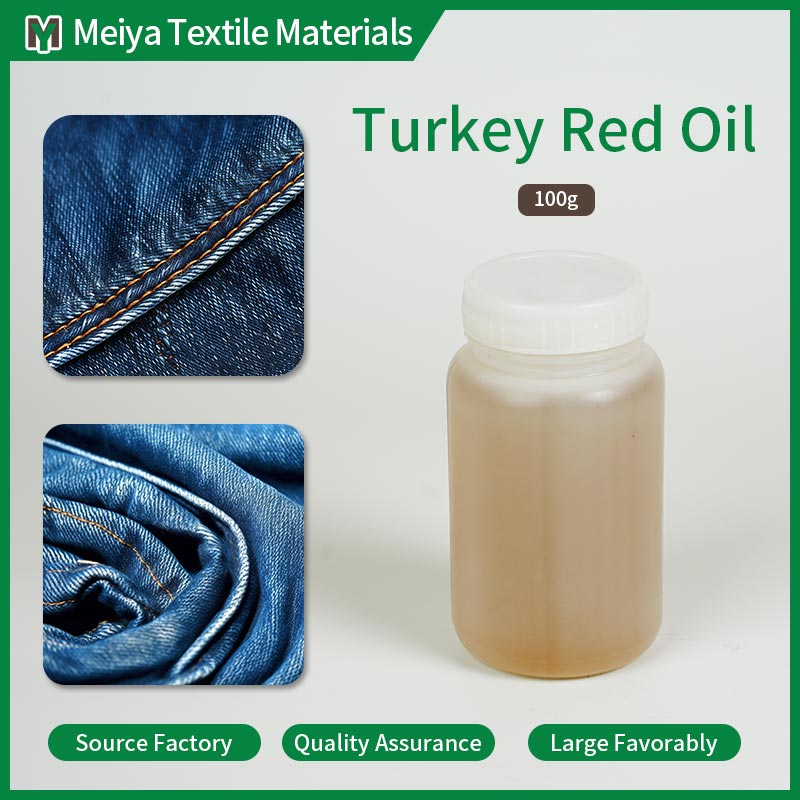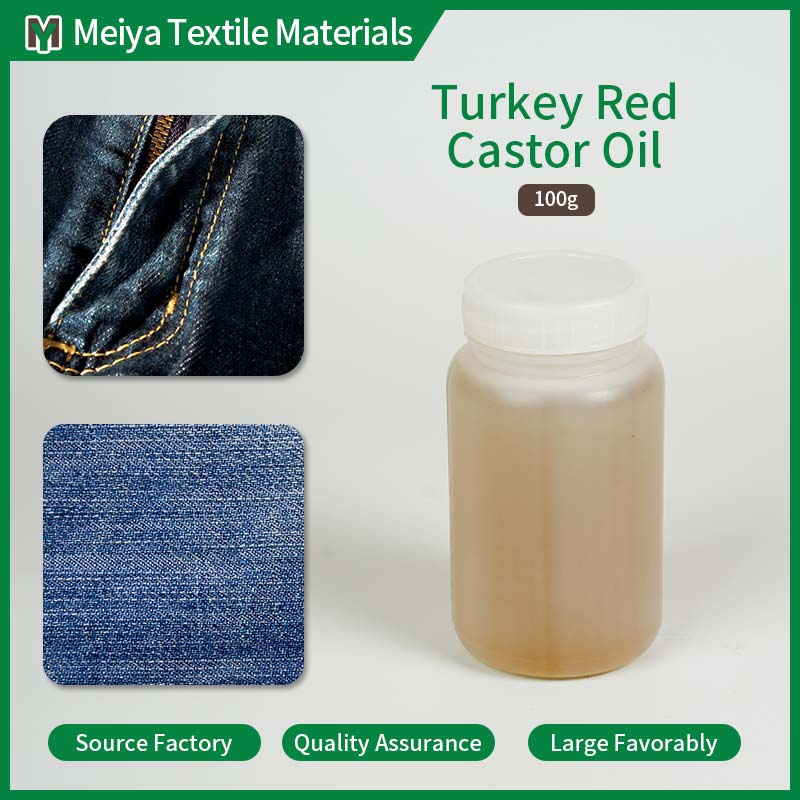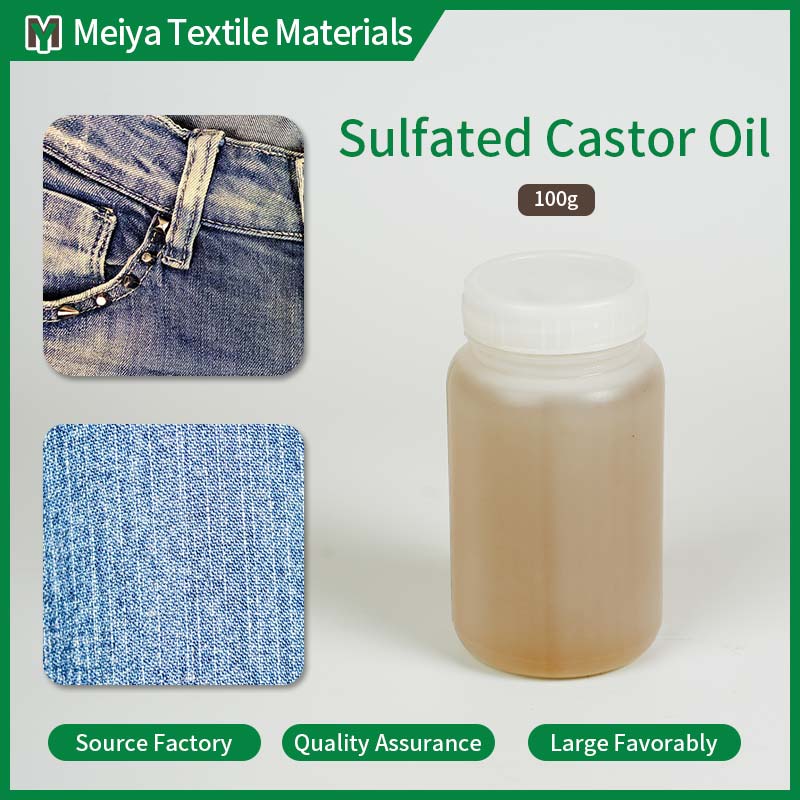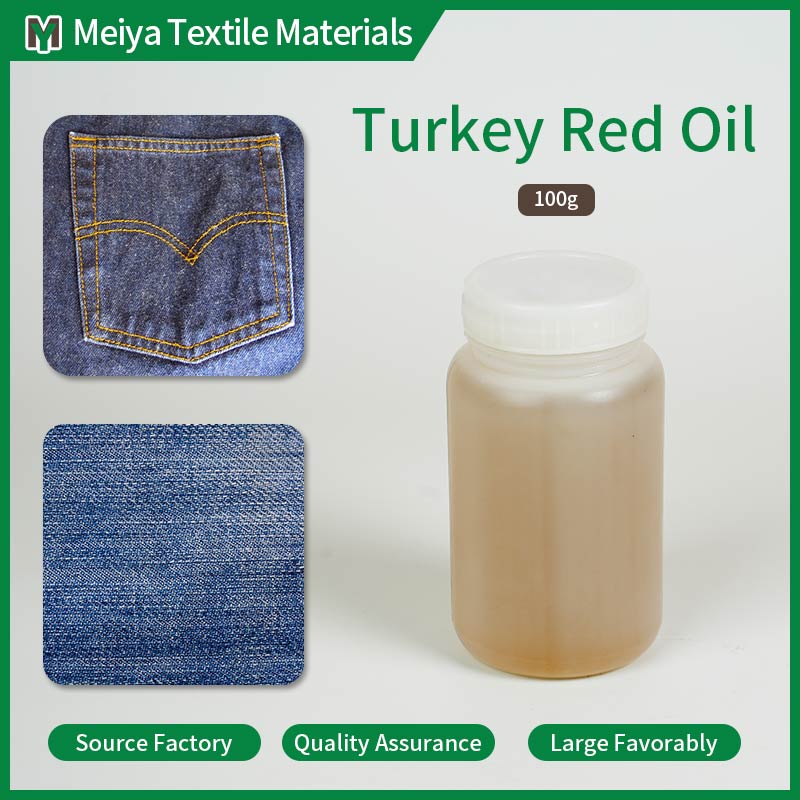Turkey Red Oil
Please click the button below to contact us.
Introduction:Turkey Red Oil is a highly useful and versatile chemical compound that plays a crucial role in the textile industry. As a powerful activator, Turkey Red Oil is widely used to enhance the dyeing and finishing processes of textiles, ensuring vibrant colors and superior fabric quality.
Product Description
Turkey Red Oil is a highly useful and versatile chemical compound that plays a crucial role in the textile industry. As a powerful activator, Turkey Red Oil is widely used to enhance the dyeing and finishing processes of textiles, ensuring vibrant colors and superior fabric quality. Its unique properties make it an indispensable component in the production of high-quality textiles, offering excellent emulsifying, dispersing, and wetting capabilities. As a renowned China Turkey Red Oil Factory, this Turkey Red Oil is crafted to meet the high industry standards. In addition to its use in the textile industry, Turkey Red Oil is also employed in various other applications, such as in the production of lubricants, soaps, and cosmetics. Its multifunctional nature and effectiveness have made it a preferred choice for industries worldwide.
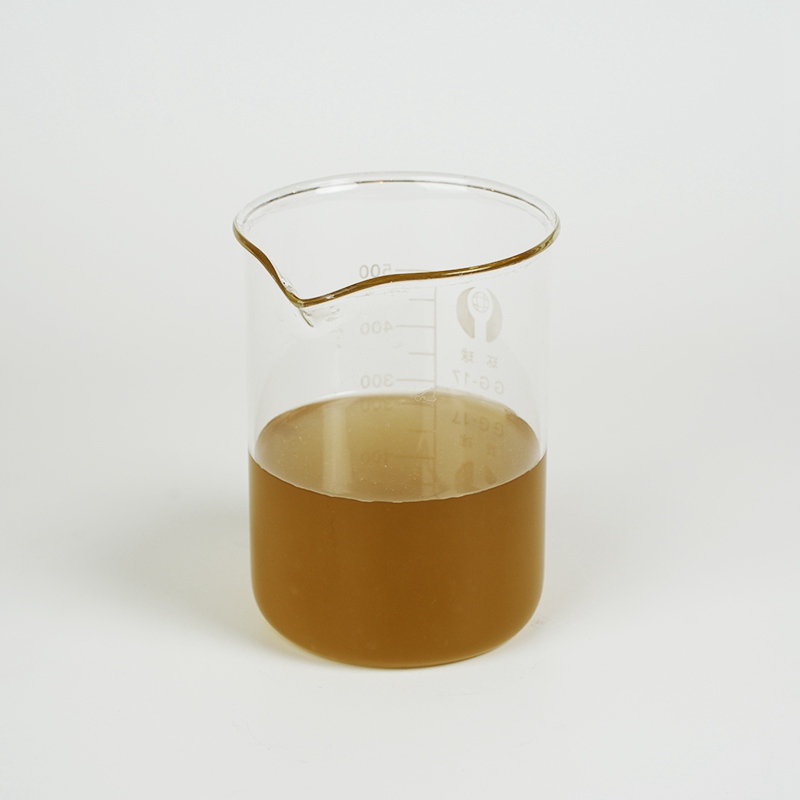
Features:
Chemical composition and stability: Turkey Red Oil, as an efficient anionic surfactant, has as its core component sodium ricinoleate sulfate treated by a special process. This unique chemical structure not only gives it excellent dispersing, emulsifying and wetting capabilities, but also ensures its chemical stability under various extreme conditions (such as high temperature, strong acid and strong alkali environments). This stability enables Turkey Red Oil to maintain a long-lasting activation effect in many industrial fields such as textile printing and dyeing, pesticide emulsification, etc.
Application in the textile industry: In the field of textile printing and dyeing, the use of Turkey Red Oil as an activator has completely changed the traditional dyeing process. It can effectively reduce the surface tension of the dye, promote the uniform distribution and deep penetration of dye molecules on the fiber surface, thereby significantly improving the dyeing efficiency and color saturation. In addition, its excellent dispersing properties can effectively prevent dye agglomeration and precipitation, ensuring the stability and consistency of dyeing quality.
Excellent emulsification performance: In pesticide formulations, the application of Turkey Red Oil as an emulsifier is also remarkable. It can stably disperse the pesticide raw material in water to form a fine suspension or emulsion, significantly improving the adhesion and permeability of the pesticide. This not only enhances the insecticidal and bactericidal effects of pesticides, but also reduces the amount of pesticides used and the risk of environmental pollution, providing strong support for the optimization of pesticide formulations.
Hard water resistance: Compared with traditional surfactants, Turkey Red Oil exhibits higher hard water resistance. Even under hard water conditions, it can maintain stable emulsification and wetting effects, and is suitable for various water quality environments.
Environmental protection: Turkey Red Oil strictly abides by environmental protection requirements during production and use, and its biodegradability is excellent, and it will not pollute water and soil. In addition, the product has passed a number of safety certifications to ensure the safety of operators during use. This concept of giving equal importance to environmental protection and safety makes Turkey Red Oil a model of green chemicals.
Appilcations:
Textile printing and dyeing industry: In addition to being used as an activator to improve dyeing efficiency and quality, Turkey Red Oil can also be used in textile post-treatment processes, such as softening and waterproofing. Its excellent permeability and dispersion properties allow these treatment agents to be evenly distributed on the fiber surface and inside, giving textiles a softer, more comfortable feel and excellent waterproof properties.
Pesticide emulsifier: In the field of pesticides, Turkey Red Oil can be used not only for the emulsification and dispersion of water-based pesticides, but also for the emulsification and suspension of oil-based pesticides. Its unique emulsification properties make pesticide preparations more stable and uniform, improve the adhesion and permeability of pesticides, and enhance the insecticidal and bactericidal effects of pesticides. At the same time, it can also reduce the amount of pesticides used and the risk of environmental pollution, providing strong support for the sustainable development of pesticides.
Metalworking fluid: According to the different needs of metal processing, Turkey Red Oil can be compounded with other additives to form metalworking fluids with specific properties. Such as cutting fluids, grinding fluids, wire drawing fluids, etc. These processing fluids not only have excellent cooling, lubricating and anti-rust properties, but also improve processing efficiency and surface quality, reduce production costs and environmental pollution risks.
Leather industry: In the leather industry, Turkey Red Oil can be used for leather fatliquor treatment. Its unique chemical structure and wetting properties enable the fatliquor to penetrate evenly into the leather, enhancing the softness and elasticity of the leather. At the same time, it can also improve the water resistance and aging resistance of the leather, and extend the service life of the leather. This innovative application brings a more environmentally friendly and efficient fatliquor process to the leather industry.
Cosmetics and detergents: In the field of cosmetics and detergents, Turkey Red Oil can be customized according to customer needs. Its excellent emulsification, wetting and dispersing properties make the product more stable, delicate and easy to use. At the same time, it can also improve the cleaning effect and use experience of the product, meeting consumers' diverse needs for cosmetics and detergents.
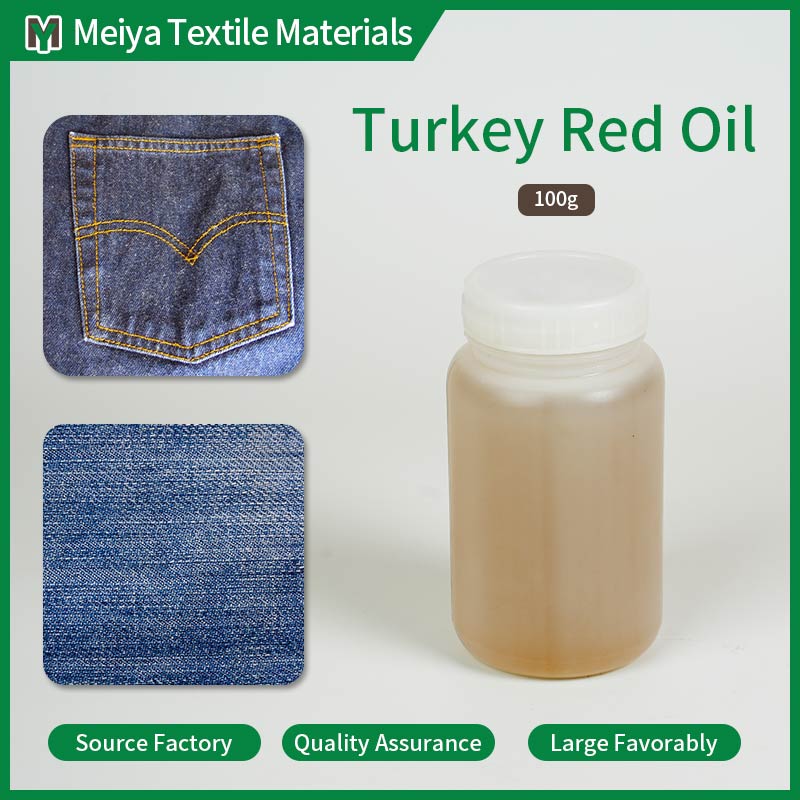
Usage Tips:
Strict control of storage environment: To ensure the quality and stability of Turkey Red Oil, it should be stored in a cool, dry and well-ventilated warehouse. Avoid direct sunlight and high temperature environment, and the storage temperature should be controlled below 30℃. At the same time, the humidity in the warehouse should be kept moderate to prevent the product from getting damp or caking.
Selection and sealing of packaging containers: When packaging Turkey Red Oil, containers with good sealing properties, such as plastic barrels, glass bottles, etc., should be selected. Avoid using iron containers or materials that are prone to rust to prevent chemical reactions from affecting product quality. At the same time, the mouth of the container should be tightly sealed to prevent air and moisture from entering and causing oxidation and deterioration of the product.
Avoid mixed storage and regular inspection: During storage, Turkey Red Oil should be stored separately from flammable, explosive, toxic and harmful items to avoid danger. At the same time, the stored Turkey Red Oil should be inspected regularly, including indicators such as appearance, odor, and viscosity. If abnormal conditions are found, such as darkening of color and abnormal odor, measures should be taken in time to deal with them to avoid affecting product quality and use effects.
Personal protection during use: When using Turkey Red Oil, it should be marked and added according to the product instructions. Avoid excessive use or mixing with chemicals, and it is strictly forbidden to produce adverse reactions. At the same time, personal protection should be paid attention to during use, such as wearing protective glasses, gloves and other protective equipment, and avoid direct contact with skin, eyes, etc. If accidentally contacted, immediately avoid with plenty of clean water and seek medical assistance.
Discharge treatment and environmental awareness: For the discharge of Turkey Red Oil after use, it should be properly handled in accordance with local environmental protection regulations. Avoid dumping or discharging into the environment at will, and strengthen the pollution of water and soil. At the same time, environmental awareness should be improved, and the use of green chemicals and recycling and reuse technologies should be actively promoted to contribute to environmental protection.
FAQs:
How does Turkey Red Oil specifically work in the textile printing and dyeing industry?
In the textile printing and dyeing industry, Turkey Red Oil, as an efficient activator, mainly works in the following aspects: First, it can significantly reduce the surface tension of the dye, making it easier for the dye molecules to penetrate into the fiber, thereby improving the dyeing efficiency and color saturation; second, its excellent dispersion performance can prevent dye agglomeration and precipitation, ensuring the stability and consistency of dyeing quality; in addition, Turkey Red Oil can also improve the wettability and softness of the fiber, making the textiles softer and more comfortable.
How to properly store and maintain Turkey Red Oil to ensure its stable performance?
In order to ensure the stable performance of Turkey Red Oil, the following storage and maintenance measures should be taken: First, store it in a cool, dry, well-ventilated warehouse to avoid direct sunlight and high temperature environment; second, choose a well-sealed packaging container to prevent air and moisture from entering and causing oxidation and deterioration of the product; third, regularly check the stored Turkey Red Oil, including appearance, odor, viscosity and other indicators, and handle any abnormalities in a timely manner; fourth, avoid mixing with flammable, explosive, toxic and harmful items to ensure storage safety.
What safety precautions should be taken when using Turkey Red Oil?
When using Turkey Red Oil, you need to pay attention to the following safety precautions: First, wear appropriate personal protective equipment, such as protective glasses and gloves, to avoid direct contact with skin, eyes, etc.; second, read the product instructions carefully before use to understand the product's performance, use and precautions; third, avoid excessive use or mixing with other chemicals to avoid adverse reactions; fourth, if it accidentally comes into contact with skin or eyes during use, rinse immediately with plenty of water and seek medical assistance; fifth, waste after use should be properly disposed of in accordance with local environmental protection laws and regulations to avoid pollution to the environment.

